Where do you find books to read? Do you ask your friends, follow reviews or seller recommendations, or just go for the bestsellers? Whether you like your books on paper or downloaded, you have to know it exists to read it, and because we're in the twenty teens, there's a social way to do it online.
Start where you are?
An obvious way to learn about books online is to ask your social networks—wherever you're connected to people online, just ask 'em. If you use different networks for different purposes, that should inform where you ask, but you have the connections. Sometimes it's just as easy as asking.
But asking doesn't always work. A discussion on Facebook about paper and ebooks this week included just such a request, but no responses. So what else can we do?
Networking for readers
How about a social network specifically for readers of books? Goodreads is exactly that, a social network built entirely upon books and the people who read them. You can look through reviews and recommendations organized by books and authors, or approach it socially, with its friends, followers and groups.
I'm getting great ideas from some very smart people I follow on Goodreads. Because of its tight focus on books, I find it easier to maintain a careful approach to connecting in Goodreads than in other networks. In addition, Goodread's updates are tied to specific books, so it doesn't have the noise problem of other networks.
On another level, Goodreads creates yet another opportunity for public image tailoring, because its entries aren't automatic. Some of us might be a bit selective in what we choose to share—more professionally relevant titles than pop fiction, for example—but that actually improves Goodreads as a socially powered recommendation engine. If people I follow choose to share only the good stuff, they're effectively curating the recommendation lists.
Gems from Twitter
Goodreads runs on effort from people in its network; what about suggestions from people who haven't joined? BookVibe takes a different approach, pulling book mentions from a user's Twitter stream to generate its lists. It's not as far along as Goodreads, and there's some overlap, but it does have the advantages of pulling its recommendations from a network you've already assembled and using existing behavior as its raw material.
BookVibe strikes me as a worthy experiment, another startup finding useful information by applying a novel analytical lens to the flood of Twitter data. In this case, the startup is Parakweet  , a natural-language processing specialist that set up BookVibe as a technology demonstration.
, a natural-language processing specialist that set up BookVibe as a technology demonstration.
Remember blogs?
I've seen a few blog posts with suggested reading lists, such as these from the Oxford Martin School and Mention. If you don't have a source on a topic, try searching for "reading list" and a relevant keyword or two. It's not an unusual topic for a blog post or web page.
What about the big dog?
You can't talk about books without mentioning Amazon (I checked—it's a law). I remember an analysis years ago about the many social components of an Amazon product page, although I can't find it now. Product reviews, lists and wish lists are fairly obvious features, and it's possible to find more suggestions by following the creators of reviews and lists. Just find someone you'd like to hear more from and click through to their profile for more of their reviews, lists and tags. It's sort of social, if a bit too much effort.
Amazon has the makings of a really good social network for readers, except that it's missing the social network to run it. That may change, since it bought Goodreads last year. Until then, you can do a bit of social exploration with Amazon's existing features and some manual effort.
Old skool
If all those networks can't suggest good books faster than you read them, then you read too fast. :-) Oh, and the book I'm reading now? I found it on the New Nonfiction shelf at my local library. Curator was a word long before online sharing tools borrowed it.
It's not never too late to add something to the summer reading pile. What are you reading that people should know about?
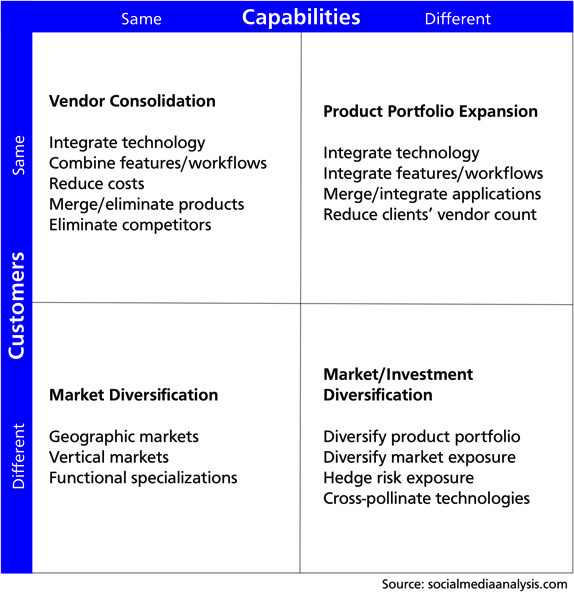
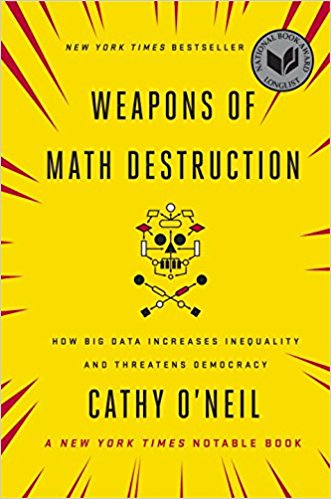
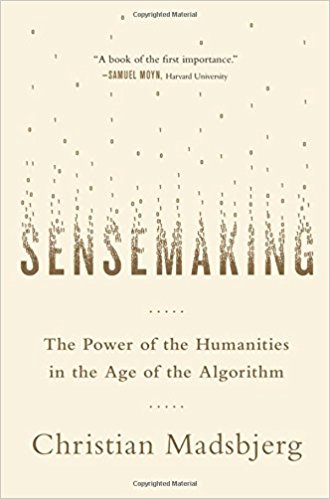
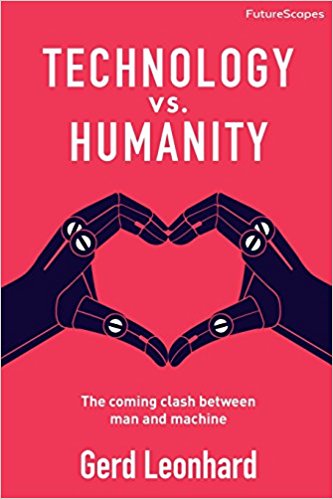
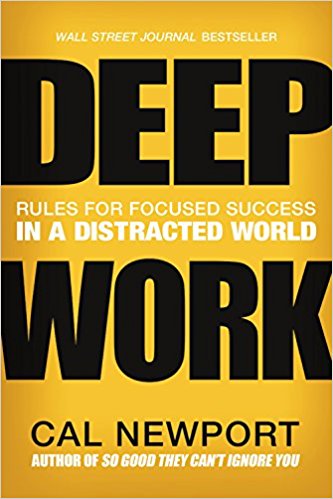
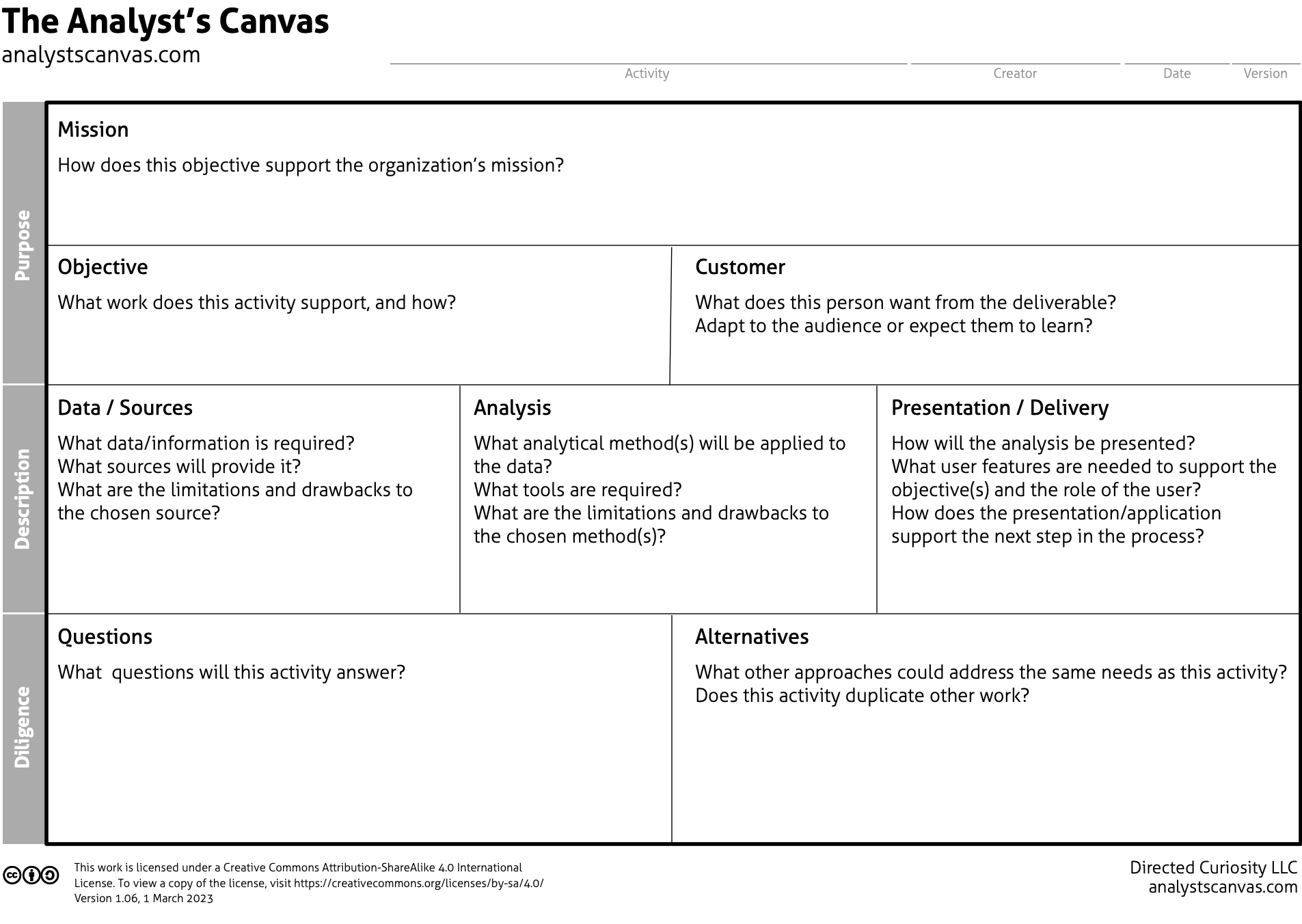
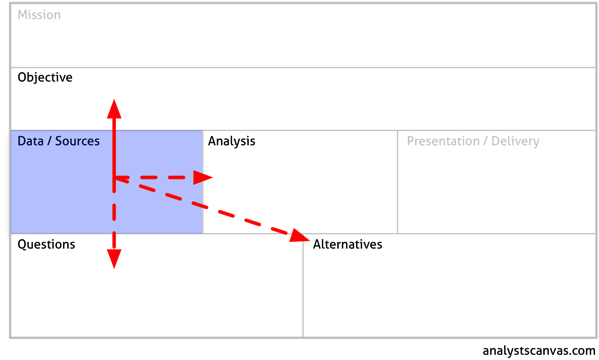
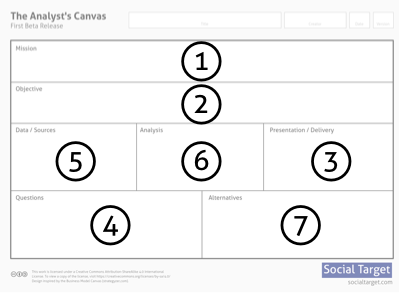
 In the last year or two, I've rekindled an interest in learning languages. I follow a lot of industry blogs from all over the world, and it's nice to give Google Translate a break sometimes. In the process, I've discovered an amazing variety of resources that weren't around when I was taking classes in school. It's worth a try if you're interested, and you should be—the science says that learning another language is
In the last year or two, I've rekindled an interest in learning languages. I follow a lot of industry blogs from all over the world, and it's nice to give Google Translate a break sometimes. In the process, I've discovered an amazing variety of resources that weren't around when I was taking classes in school. It's worth a try if you're interested, and you should be—the science says that learning another language is 